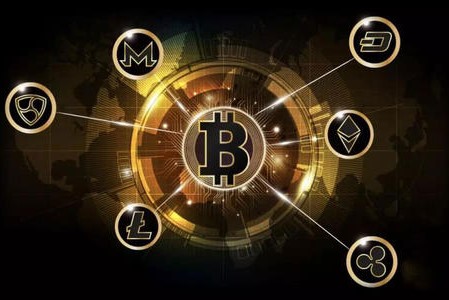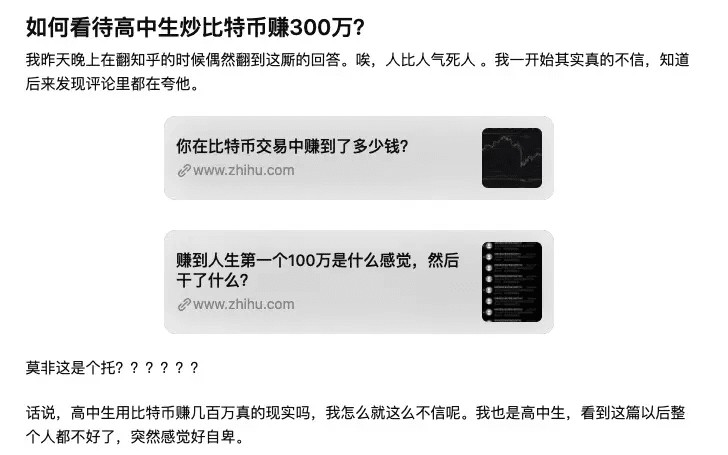Since its inception, Bitcoin has been hailed by some as a revolutionary technology with the potential to transform the way we conduct transactions using a new financial layer. Recently, a new innovation has emerged that could unlock new possibilities for the Bitcoin network to also function as a cultural layer. Ordinals, which refer to NFT-like assets on the Bitcoin network, had their start in December 2022 when Bitcoin developer Casey Rodarmor released the ORD software. Each bitcoin can be subdivided into 100 million smaller units called "satoshis," and while normally these satoshis are fungible, ORD assigns numerical value to individual satoshis, allowing for uniqueness. More specifically, ORD allows users to add arbitrary data to a Bitcoin transaction ("inscription") and tie the data to an individual satoshi ("ordinal"). Ordinals have generated a great deal of attention in the crypto ecosystem, surpassing one million inscriptions on April 8, 2023 (Figure 2), and sparking a conversation about the potential to unlock new possibilities for the Bitcoin network.
Figure 1: Simplified Bitcoin Inscriptions and Ordinals Example
Source: Grayscale Research
This process effectively creates a Non-Fungible Token ("NFT") on the Bitcoin network. While some are critical of ordinals, cautioning against bloating the blockchain or harming fungibility, we believe that ordinals represent one of the larger opportunities for Bitcoin adoption, especially as the Bitcoin network has historically been viewed as a rigid blockchain ecosystem.
Figure 2: Ordinals Count
Source: Dune, @dgtl_assets, as of 4/21/2023
Despite their recent popularity, ordinals are not the first instance of NFTs on the Bitcoin blockchain. Renowned Bitcoin NFT projects, such as Rare Pepe Cards (Figure 3), employed a Layer 2 network known as Counterparty, which was established in 2014. However, Counterparty"s Layer 2 infrastructure was criticized for being complicated, which left room for other approaches to take hold. While the Counterparty network may seem less relevant today, it still represents one of the first instances in crypto"s history where users created and traded unique digital assets—and arguably could have spurred the mass excitement around NFTs, more broadly.
Figure 3: Rare Pepe Card on Counterparty Network
Source: Rare Pepes
Ordinals stand out among Bitcoin NFT endeavors due to their independence from Layer 2 solutions. Rather than relying on such solutions, ordinals capitalize on previous Bitcoin network enhancements, such as SegWit (conducted in 2017 and increased Bitcoin block size limit to 4MB) and Taproot (conducted in 2021 and added more complex scripting in the witness section of the transaction). Ultimately, ordinals enable data to be directly embedded within the witness segment of a Bitcoin transaction. Ordinals can be composed of almost any type of data, ranging from pictures to videos to applications (Figure 4).
Figure 4: Example of a Bitcoin Ordinal
Source: Doom Clone NFT
As the use of ordinals deviates from the conventional peer-to-peer electronic cash system, numerous criticisms have arisen from those who disapprove of them. Generally, these criticisms can be summarized as follows:
The concerns are valid: the original Bitcoin whitepaper does not account for unique digital assets, extra data contributing to blockchain bloat, nor inscriptions that could reduce fungibility. Still, ordinals are, in fact, a byproduct of utilizing the Bitcoin blockchain as it exists today and the subsequent crypto innovations that have come since, even if not initially envisioned by Bitcoin"s creator. And—while the inscription of satoshis does decrease fungibility—it is estimated that it would take around 238 years to mint ~0.24% of the total terminal BTC supply.
We believe that ordinals are positive for the Bitcoin network in two key ways: resulting in an increase of Bitcoin miner fees and potentially contributing to a cultural transformation within the Bitcoin community.


人生道路必须 整体规划,金钱必须 清洗;你没投资理财,财不理你;挣钱靠机遇,项目投资靠聪慧,投资理财靠技术专业。项目投资宛如下象棋,象棋多者能看得出五步,七步乃至十几步,而象棋低者只有看得出两三步,多者胸怀大局,谋...


伴随着虚拟货币的关注度一年比一年高,许多股民都争相进入了抄币队伍。我们要了解进到虚拟货币销售市场的初学者仅有迅速学好抄币了,才可以挣钱。不然只依靠自己的“运势”或是空穴来风的“传闻”来抄币,结果都不容易太美好。初学者抄币...


他说他不相信为什么他的同龄人能赚300万。别说我是高中生,看完都觉得自卑。别说我是高中生,看完都觉得自卑。别说我是高中生,看完都觉得自卑。这位高中生今年16岁,在美国读高中,来自中产阶级家庭,偶然了解到数字货币。...


中国比特币史上最神秘的人:Friedcat说起比特币,就不能不说炸猫。就像比特币世界在寻找中本聪一样,中国比特币圈子里很多人还在寻找“Friedcat”。2001年考入中国科学技术大学少年班,自由派。...